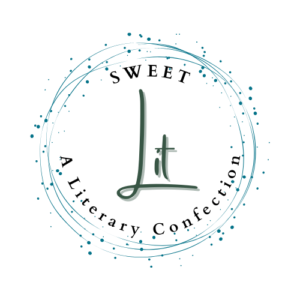It’s autumn, and I’m at my sister’s therapeutic horse farm in central Illinois. The sky is pure blue and the sun has that wonderful afternoon slant it only gets in the fall and the wind is blowing so the flies (on a horse farm, there are always flies) can’t land long enough to bite. This morning I walked out front and picked some raspberries for my own breakfast, right off the brambles.
I don’t live here full time, but I get to come visit. When I leave, I miss the big open skies, the smell of horse, the tractors laboring in huge corn and soybean fields.
When there is joy in being somewhere, somewhen, with someone in particular, there’s also sorrow in not being there, then, or with that someone. The light and the dark.
And it’s autumn now, but in a couple of short months it will be winter. Winter here can get bitter cold, mostly staying below 20 degrees, often hovering around 0. The wind slices at exposed skin in the winter, and the snow makes driving dangerous, and the horses get stir crazy in the barn, warm but confined. In the cold and dark you start thinking about going to bed as early as 6pm.
Seasons matter to us all, but more when someone has to put on long underwear, heavy jeans, wool socks, boots, a shirt, sweater, winter coat, hat, gloves, and scarf, and go out to feed the horses at least twice a day. Then you know what dark is.
But sometimes you struggle out to the barn and find that the cleverest horse has managed to open his stall and has his head stuck in the hay pile, chomping away. You curse and take him back to his stall, but you can’t blame him, and when you tell the story inside people laugh. Then they tell the story so more people laugh, and say, “Smart horse,” and they tell more people. Because even when it’s dark, you need to laugh. Maybe especially when it’s dark.
This issue of Sweet is full of both laughter and grief. Cotton candy celebrity crushes and mortal dread. Light and dark.
As art always is, of course.



